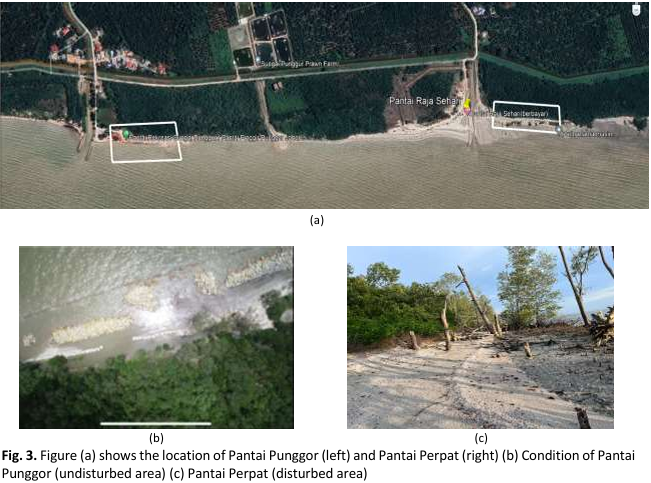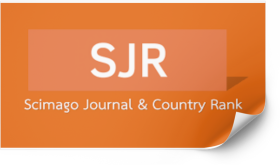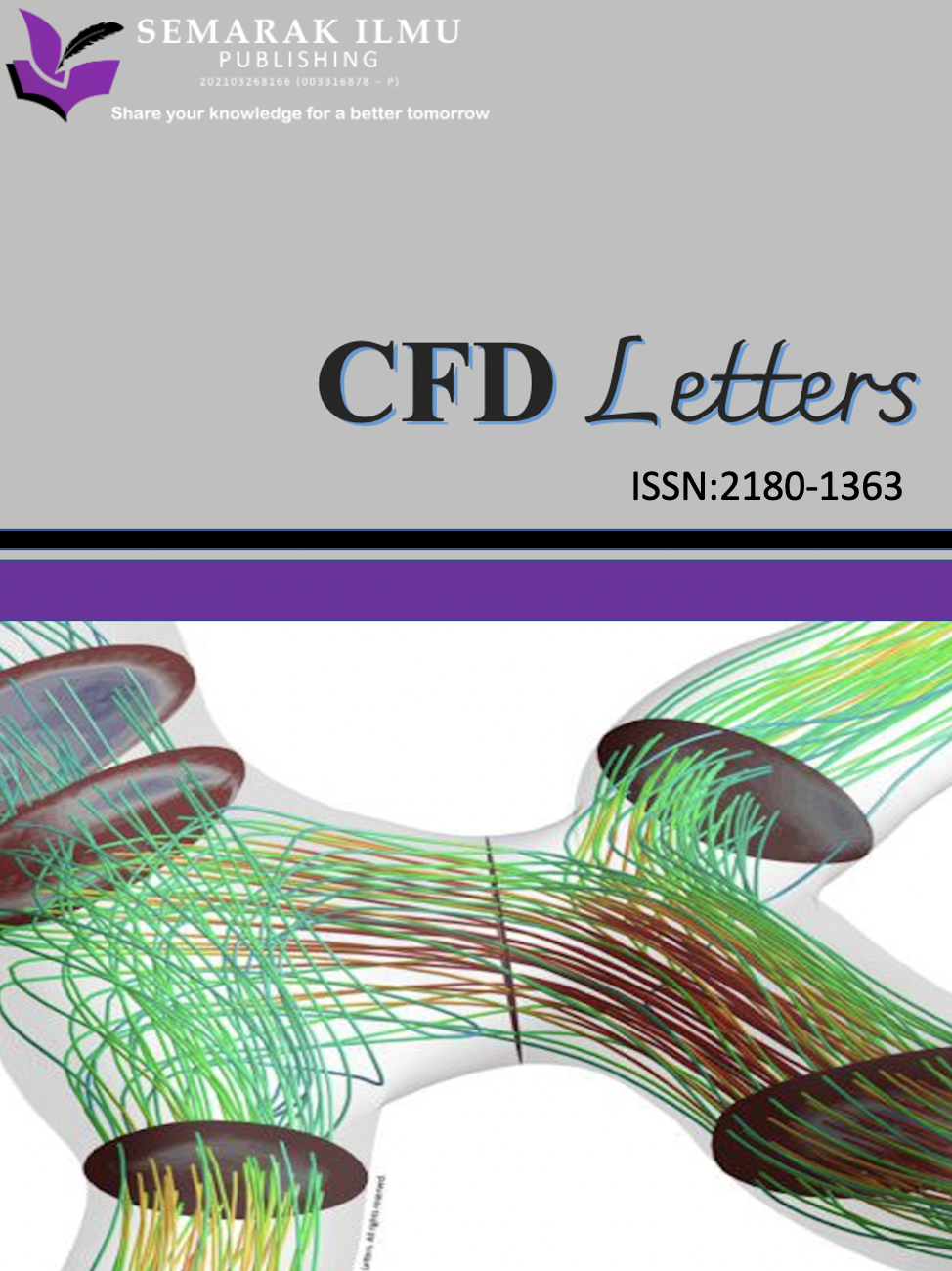Impact of Sedimentation on Mangrove Forests in West Coast, Peninsular Malaysia
DOI:
https://doi.org/10.37934/ard.138.1.151161Keywords:
Sedimentation, mangrove, Avicennia marina, sediment deposition, sediment volumeAbstract
Mangrove ecosystems, known as the rainforests of the sea, are vital coastal habitats providing crucial environmental benefits. However, they face an imminent threat from sedimentation, a complex interplay of natural and human-induced factors. This study explores the multifaceted effects of sedimentation on mangrove health, focusing on Pantai Punggor (1°41'8.75"N, 103° 6'1.22"E) and Pantai Perpat (1°40'26.82"N, 103° 6'42.07"E) in Batu Pahat, Johor, Malaysia. Avicennia marina is a mangrove species affected by sediment deposition, selected for relevance in such zones. UAV photogrammetry was used due to its low cost and great spatial resolution. Data was processed using Global Mapper and Pix4D software, as well as careful mission planning and camera calibration. Sediment characteristics were analysed following ASTM standards, including sieve analysis, specific gravity and moisture content techniques. Mangrove characteristics were assessed by measuring trunk diameter through field data and tree height using UAV-derived Digital Surface and Terrain Models. The results reveal significant disparities between Pantai Punggor and Pantai Perpat, emphasizing the adverse effects of sedimentation on mangrove growth. Pantai Punggor exhibited a higher moisture content of 45% and a lower sediment volume of 1856 m3 for a 100 m distance, compared to Pantai Perpat with 6.25% moisture content and 2833 m3 of sediment volume. Furthermore, Pantai Punggor's mangroves displayed taller trees with an average height of 8 meters and wider trunks with an average diameter of 38 cm, in stark contrast to the comparatively stunted growth observed at Pantai Perpat (average height of 5 meters and average trunk diameter of 30 cm). These findings emphasize sedimentation's adverse impact on mangrove health, stressing the need for effective management strategies and conservation efforts. The study advocates for targeted actions to safeguard these critical coastal habitats in Malaysia, including reducing sediment pollution and restoring water flow patterns. Recognizing mangroves' role in coastal resilience and ecological balance, ongoing research and dedicated conservation measures are essential to protecting these unique and fragile ecosystems.
Downloads























